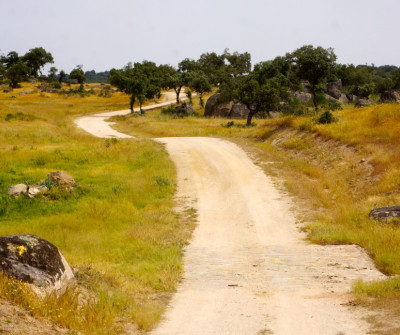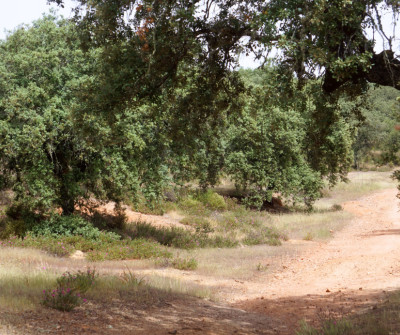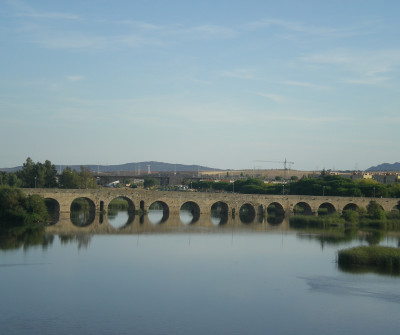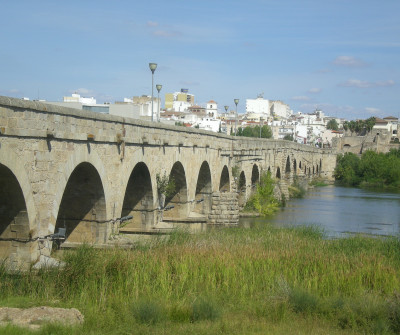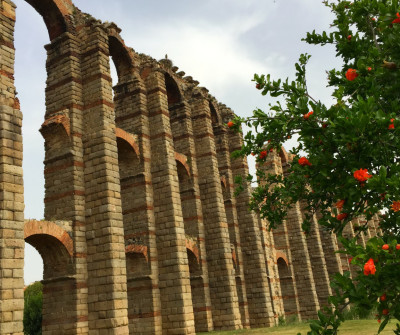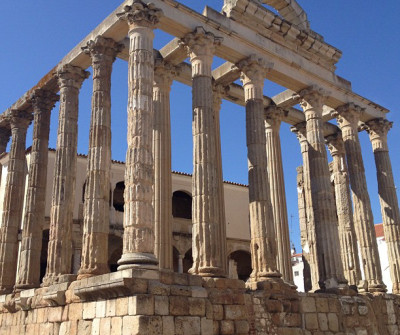This stage takes you towards the capital of Extremadura from Torremejía. You have to leave through a gravel road parallel to the main road or on the main road N-630 itself, a quiet road in any case. Seven kilometres after starting, the Camino moves away from the road to access the vera of the Guadiana, through agricultural fields.
READ MOREYou will access Mérida through the area of Bellavista and you will cross the river over the Roman Bridge. This historic city is a UNESCO World Heritage Site. It was founded by the Roman Emperor Augustus in the 1st century BC as a strategic enclave for his troops.
You will not only find the amazing bridge over the Guadiana but some other incredible monuments you cannot miss, such as the Roman theatre, the circus, the arc of Trajan, and its renowned amphitheatre with a seating capacity of 15,000. You can also see the Roman aqueducts of los Milagros and San Lázaro, the Temple of Diana or the houses of the Mithraeum. If you want to get a better picture of Mérida's past, you can visit the Museo de Arte Romano and the Alcazaba, a building of Moorish times located by the Conventual de la Orden de Santiago, today the headquarters of the regional government -Junta de Extremadura-, and the museum of Visigothic art, with one of the best collections of this period in Spain.
Tips from our postmen and women
What to do and see in Merida?
"The Basilica de Santa Eulalia displays the “Hornito”, the place where, according to legend, Saint Eulalia, the patron saint of the city, was martyred. The Chapel allows for pilgrims to see the Saint at any time of the day without having to actually go inside".


 Filter
Filter